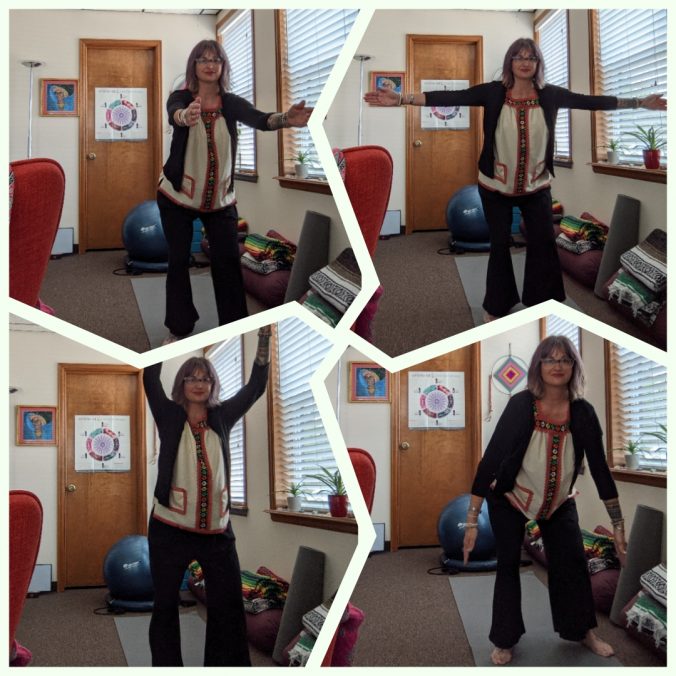An extremely common issue I’m faced with in the treatment setting is depression, coupled with chronic pain. In my field, we reference these individuals as the co-morbid, meaning there are two or more illnesses occurring within an individual at the same time. This is important to note because often times, treating the issues simultaneously yields better results. For example, take the individual who is depressed and suffering with chronic pain. Pain IS depressing. How can I look at one without the other and be effective? Well… I can’t.
Millions of Americans suffer with some sort of chronic pain. Chronic pain, whether mild or severe, impacts a person daily in varying degrees. Daily. Imagine waking up every day in physical pain or discomfort. Maybe you don’t have to imagine because you’re already there. The number of people suffering with chronic pain is staggering.
When we look at pain and its role within the body, it is important to understand that the sensation of pain, itself, is not a bad thing. Pain is your body giving your brain a signal intended to protect you. Pain is telling you something is wrong that needs to be addressed. How does this work in a “normal,” healthy setting? You’re walking a trail and slip and twist your ankle. You feel a painful sensation in your ankle. You elect to prop it, ice it, take it easy, etc. You treat the injury, and as it heals the pain subsides. Case closed.
With chronic pain issues, however, something within your central nervous system has gone wrong. The central nervous system continues to send pain signals to the brain even after the injury or problem has healed and resolved. So maybe you did all the propping, icing, and taking it easy… and your doctor even tells you it’s healed and all is well. But you’re still in pain.
We cannot predict who will fall into the chronic pain versus the acute pain category, but some studies have identified some commonalities. For example, women are more likely to experience chronic pain than men. In addition, a history of surgery can increase the likelihood of chronic pain because trauma is being introduced to the body. Further, those with severe depression may find themselves more at risk – and vice versa. Did you know that some of the same areas of the brain that are activated to process emotional pain are also the same areas activated to process physical pain? Thus, if my central nervous system is improperly signaling that particular region of my brain, there is a likelihood that I will be become susceptible to both chronic pain and depression.
Knowing the lay of the land, so to speak, helps with considering treatment options and what may be of best help when suffering with chronic pain and depression. First and foremost, don’t ignore your body’s message. Pain, left untreated, can cause the central nervous system to become hypersensitive – which can propel you down into the rabbit hole of chronic pain. Consulting with your primary care physician is vital. If you’re also experiencing depression, consult a mental health professional as well. Even if neither provider requests such access, it is important for you to sign any releases necessary so the two providers can consult. Share what you know with both providers, as well, to keep both abreast to what the other is doing related to your care. Continuity of care is the best medicine above all.
You may be wondering what to expect from your providers. Medications specifically for pain are an option, but also some anti-seizure and anti-depressant medications can help because if you remember, physical pain and emotional pain are processed within the same region of the brain. If experiencing the co-morbidity of depression and chronic pain, an effective anti-depressant could then potentially kill two birds with one stone. And who doesn’t want to take less medication? Keep in mind, however, prescription medication from your primary care physician or a pain management specialist can help, but aren’t the magic cure all either. So what else is there to consider?
The way you think about your pain – and your depression – can largely impact what you sense you are experiencing. Being optimistic about your treatment and getting better and engaging in counseling can help. Specifically, spending time with a therapist who is well-versed in Cognitive Behavioral Therapy (CBT), can help you achieve this change in mindset toward the positive. Learning to reframe your experience can change how you feel and how you subsequently choose to respond. It goes a little something like this: your thinking promotes a certain feeling, which leads you toward a particular behavior. A good therapist can also teach you some healthy coping methods or skills, and get you connected with some helpful mindfulness-based stress-reduction activities.
Whatever route you choose, know there are options for relief… both physically and mentally. And you’re deserving of both.
Regards,
Dana
<Disclaimer: Content of this blog is for information purposes only and not intended as therapy or medical advice.>




